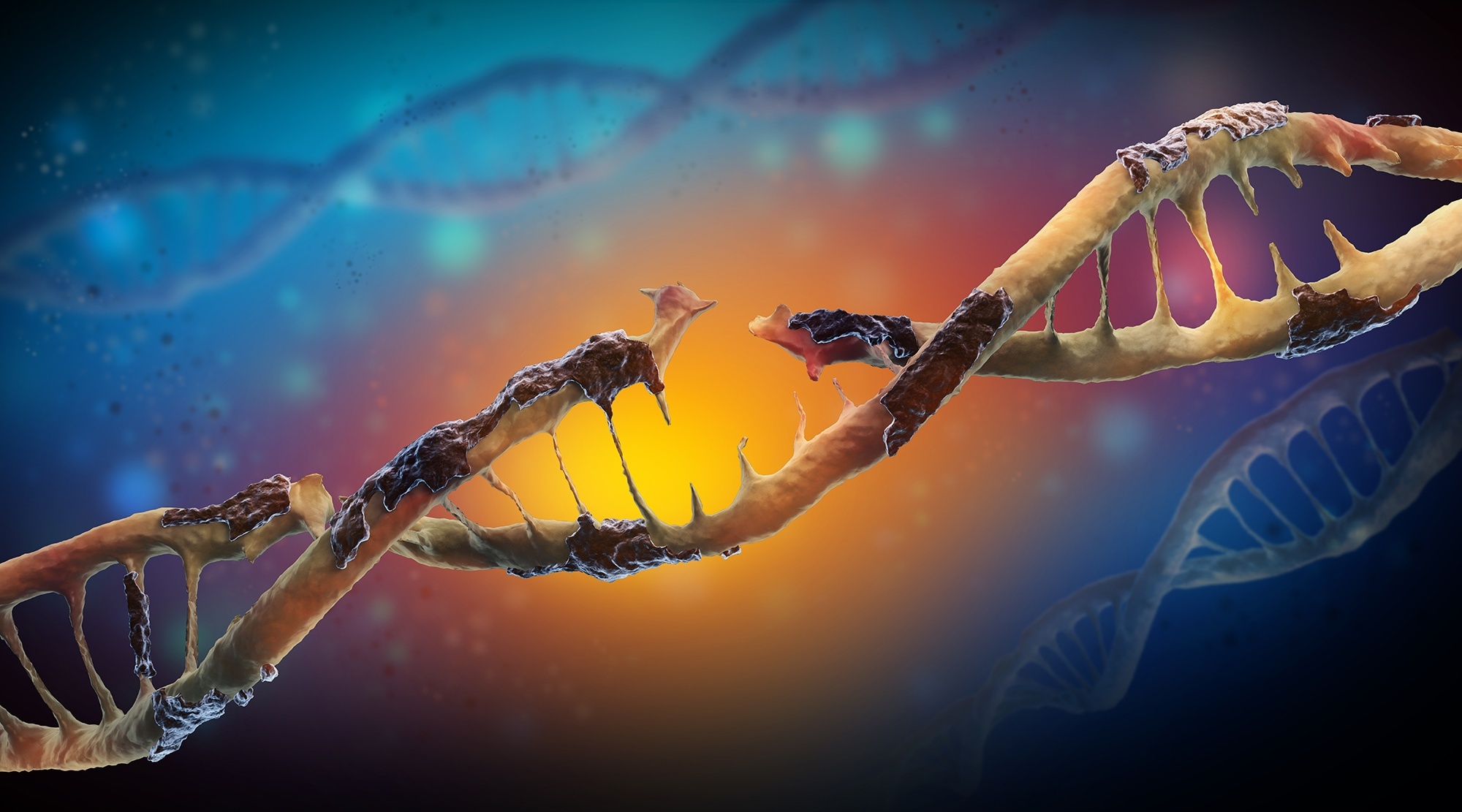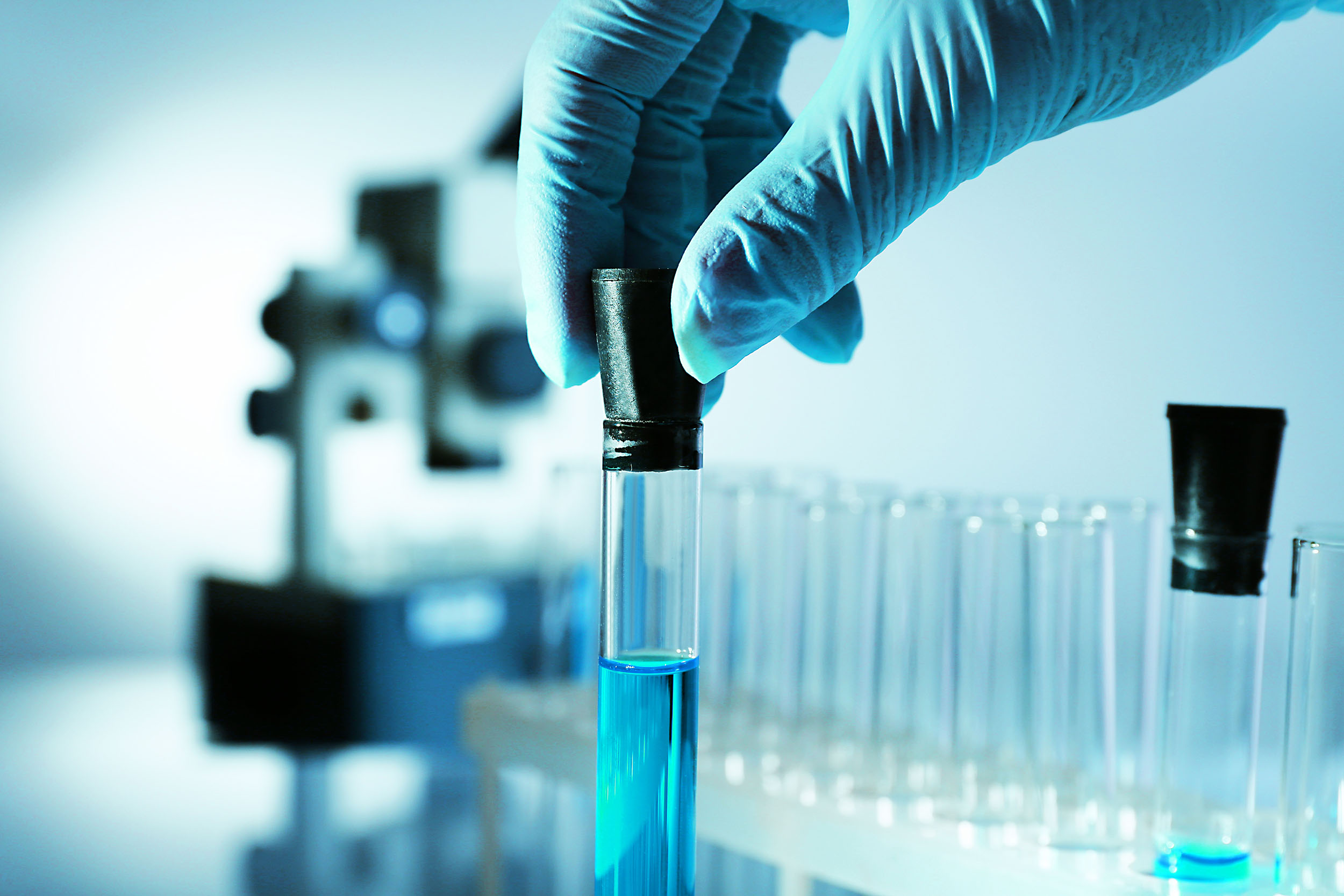
WELCOME TO 2017!
January 1, 2017
INTEGRATIVE MEDICINE SERVICES NOT COVERED BY INSURANCE
January 31, 2017DETOXIFICATION
Reference: https://www.ncbi.nlm.nih.gov/pmc/articles/PMC4488002/
phase I cytochrome P450 redox & hydrolysis enzymes (CYP1A family)
Enzymes involved:
- CYP1A1 enhances activity
- CYP1A2 inhibits activity
- CYP2A-E important for metabolizing medications and neurologic toxins, and is induced by quercetin, broccoli, chicory, rosemary, garlic, and inhibited by tea, cruciferous vegetables, NAC, dandelion, MCT, chrysin
- CYP3A enzymes are induced by rooibos, curcumin, garlic, fish oil, and inhibited by grapefruit, tea, quercetin, and is important for metabolizing hormones, aflatoxin B1. This family important for metabolizing 50% of all pharmaceuticals
Function:
- Phase 1 important for metabolizing carcinogens, xenobiotics, steroid hormones, hydrocarbons, PCBs, and pharmaceuticals, making them hydrophilic
Location:
- occurs in liver, intestine, kidney, lung, brain
Concerns:
- can lead to oxidative damage due to ROS buildup (so need antioxidants)
- low activity can increase cancer risk
Recommendations:
- I3C 500mg/day, resveratrol 1g/d, quercetin 500mg/d
- Consume: tea, polyphenols, rooibos tea, celery, cruciferous vegetables, fish oil, garlic, rosemary, astaxanthin, chickory, pomegranate, walnuts, algae, curcumin/turmeric, carrot, dill, parsley, shellfish
phase II conjugation enzymes
Function: convert hydrophilic compounds to excretable salts in bile or urine
Enzymatic activities:
- Glucuronidation- occurs in the liver and intestine; important for metabolizing medications. Induced by cruciferous vegetables, resveratrol, citrus, dandelion, rooibos tea, rosemary, soy, curcumin, astaxanthin. Glucuronic acid provided in bean sprouts, lentils, vegetables, fruits
- Beta-glucuronidase is a bacterial enzyme which can be inhibited by polyphenols and berries and is promoted by animal fat
- Sulfotransferases transfer a sulfuryl group to the substrate in the liver, intestine, adrenal, brain, skin.
- The decreased function can lead to hormone deficiencies. Important for eliminating toxic substrates.
- Induced by retinoic acid and caffeine, and inhibited by synthetic food dies, flavonoids, estrogens, B6
- Glutathione transferase adds glutathione to a metabolite (intrinsic antioxidant activity). Induced by cruciferous vegetables, garlic, resveratrol, fish oil, curcumin, rosemary, ghee
- Promoted by B6, magnesium, selenium, glycine, ALA, silymarin, artichoke, turmeric
- Amino acid transferase
- Adding amino acids to a substrate can promote excretion. AAs used include glycine, taurine, glutamine
- Acetylation
- Important for metabolizing aromatic hydrocarbons (pharmaceuticals). Enhanced by 500mg/day of quercetin
- Methylation
- SAMe provides a methionine group in a reaction catalyzed by methyltransferases (such as COMT- important for methylating estrogens).
- Suppressed by simple carbs
- Supported by Magnesium, SAMe, curcumin, Methyl B12, folic acid
Nrf2 signaling
- Protects against ROS- related conditions assoc with chronic inflammation
- Modulated by curcumin, broccoli, garlic, resveratrol, ginger, rosemary, pomegranate, astaxanthin
- When activated, NRF2 dissociates from cytosolic protein KEAP1, and moves to the nucleus to bind to AREs assoc with phase 2 detox and antioxidant enzyme genes
Metallothionein
- Cysteine-rich protein that binds divalent cations (heavy metals)
- Sequesters heavy metals, scavenges free radicals, inhibits NFKB
- Promoted by phytonutrient-rich diets, zinc, quercetin, cordyceps

